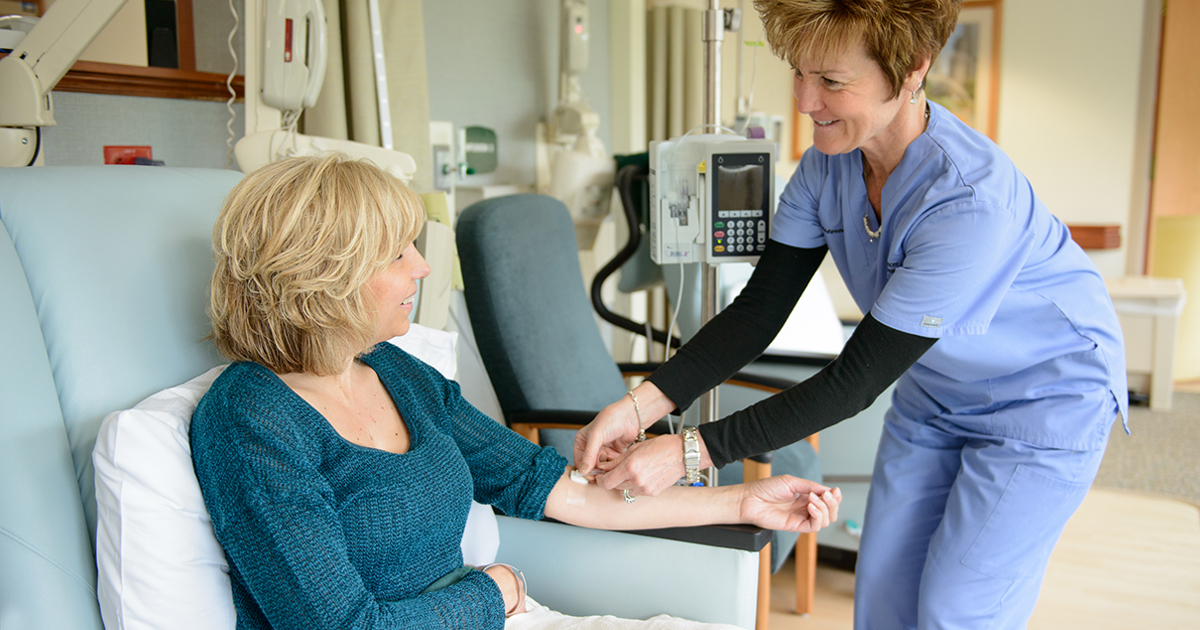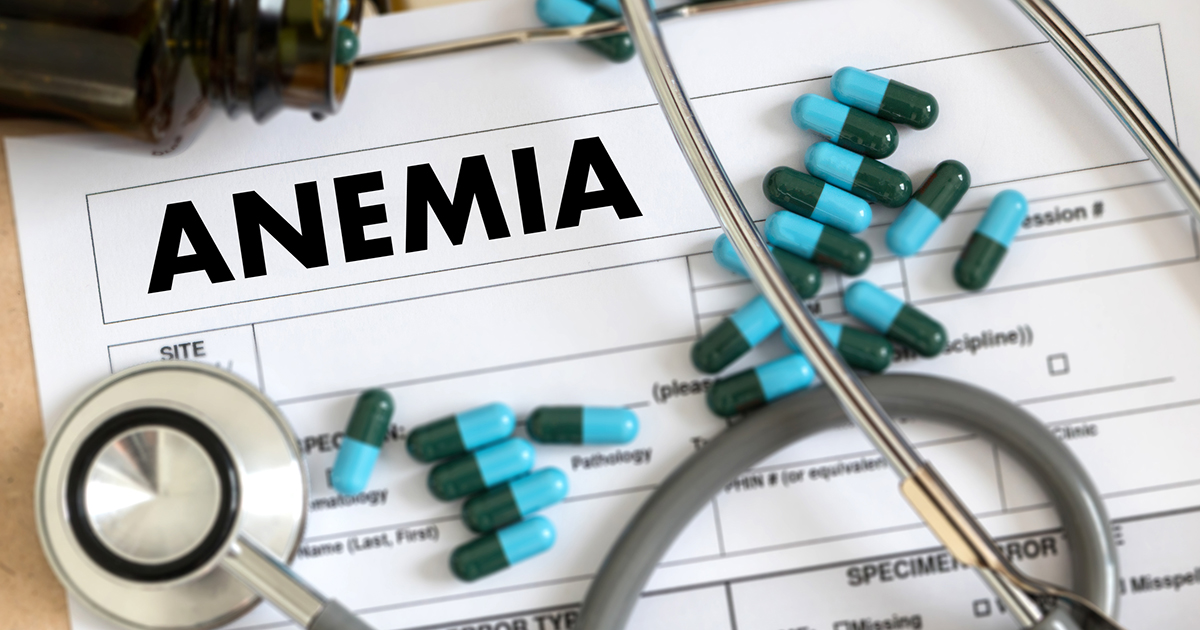Acute Lymphoblastic Leukemia Overview
Phases Of Treatment

There are three main phases acute lymphoblastic leukemia treatment is broken down into. ALL treatment usually takes anywhere from two to three years. The objective of the first phase called remission induction is to kill off the leukemia cells in the patient's body. This begins with the patient receiving several chemotherapy drugs over several days. Because the intensive chemotherapy kills off so many of the patient's healthy bone marrow cells in addition to the malignant cells, they will have to stay hospitalized for around a month.
The next phase of treatment is consolidation therapy or treatment to stop the return of acute lymphoblastic leukemia. The goal of consolidation therapy is to eradicate any leukemia cells that were not eliminated initially. This phase includes more chemotherapy and a donor stem cell transplant. The last phase is called maintenance therapy. The goal of this last phase is to keep ALL from returning in the long-term. In order to keep acute lymphoblastic leukemia in remission, the patient will be given low dose chemotherapy and short steroid courses for approximately two years. Intrathecal chemotherapy is also done in blocks during these two years.
Get familiar with the side effects associated with acute lymphoblastic leukemia treatment next.
Side Effects Of Treatment

When an individual is diagnosed with acute lymphoblastic leukemia, they should understand the different potential side effects of treatment. Side effects are unwanted complications that occur as a result of some form of medical treatment. The most prevalent immediate side effects that occur in those undergoing ALL treatment include anemia, fatigue, complete loss of hair, poor defense to infections, frequent bruising, abnormal bleeding, sore mouth, changes in the heart muscle, changes in the menstrual cycle, and decreased sperm production. Late effects of ALL treatment include cataracts or eye lens clouding, heart disease, and infertility. Many immediate side effects will resolve themselves when the patient finishes their course of treatment. There are numerous medications available to help alleviate most adverse side effects while an individual is undergoing treatment for their ALL.
Continue reading to learn about the prognosis of those affected by acute lymphoblastic leukemia.
